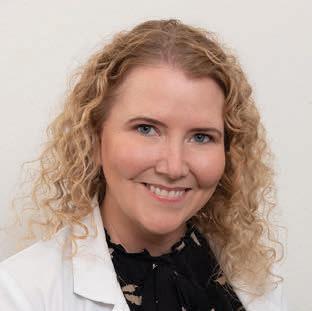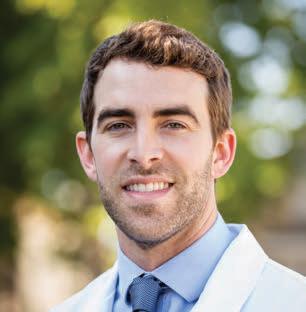




Dr. Shreya Khatri

FAMILY MEDICINE PHYSICIAN












Dr. Usha Vallamdas BOARD CERTIFIED PEDIATRICIAN





















Skin conditions such as psoriasis, acne, melasma and rosacea, and the threat of skin cancer, can make keeping your skin healthy and radiant difficult. But one of the ways consumers can protect both their health and their beauty is by regularly checking in with a dermatologist.
One of those dermatologists is Balfour Dermatology, which has served Brentwood and the county since 1999. They offer treatment for a variety of skin-related problems along with cosmetic procedures, ranging from skin cancer detection and removal through their Mohs Micrographic Surgery, acne treatment plans, wart removal and spa services.
Dr. Robert E. Beer, founder of Balfour Dermatology, says there is a misconception that dermatologists focus only on cosmetic procedures. “People are surprised because they think that dermatologists just do botox and fillers, chemical or specialty peels, and

other beauty things,” he said. “We also do a lot of other things as well, including hair loss, problems with nails and then, of course, skin rashes, moles, and lumps and bumps.”
Additionally, Beer says that one of the most important steps in maintaining the health and beauty of your skin, in between dermatology visits, is by wearing sunscreen.

“I think the most important thing for any family is before they see a dermatologist in order to prevent a lot of these things is sunscreen,” Beer said. “Even wearing sunscreen when it’s cloudy out or if you are not going out that day, what we are finding is that the light from the computer screen, tablet, or cellphone, also causes photo aging.”
Rather than recommending a sunscreen, Beer suggests the best sunscreen is one a patient will actually use and
remember to apply every day.
Beer said there have also been many improvements in dermatology and skin cancer detection during the COVID-19 pandemic, including patches that could be sent in for testing and enable them to stay safe and still get the tests they need done from the comfort of their home.
For people who have moles and wonder when they should be concerned, they can follow the “ABCD” rule outlined on Balfour Dermatology’s website, ♦ “A” stands for asymmetry: a mole that does not appear to be identical on both halves, up/down or side/side.
♦ “B” is for borders: a mole that has borders that are hazy, red or a lighter color than the skin surrounding the mole, or a wavy/irregular border.
♦ “C” is for color: a mole that has two or more colors. Many people think that bad moles are dark. Color change is the most important factor. Melanomas can be red, pink or colorless. A biopsy is the gold standard in deciding if your mole should be examined more thoroughly.
♦ “D” is for diameter: a mole with a diameter equal to or greater than the diameter of a pencil eraser.
Balfour Dermatology is in network with many health and HMO plans, but wants to expand their range of care to John Muir Health’s HMO. They offer services that East County residents who have a John Muir HMO cannot receive without making the commute to Walnut Creek or Danville, including the Mohs Micrographic Surgery.
“Many people have to travel to Walnut Creek or Danville to receive the services we offer since we are not apart of John Muir’s HMO.” Beer said. “We encourage people to call in and request to add us so that people can receive treatment locally.”

Those who would like to request Balfour Dermatology be added to the John Muir Health HMO can call in the request to John Muir at 925-952-2871 or email claudia.matthews@johnmuirhealth.com
For more information about Balfour Dermatology and other services they offer, visit https://bit.ly/3vPqVUy
Balfour Dermatology prides itself on its wide range of services and providing patients with exceptional care.
The human body is a marvel. How the body transforms over the course of an individual’s life is one of its more remarkable qualities, and those changes never cease, even as individuals near retirement age.
The changes associated with aging include physical transformations but also more subtle shifts the naked eye cannot see. For example, metabolism slows as individuals grow older, and aging also can lead to a decrease in bone density and muscle mass. These changes affect how men and women at or nearing retirement age should approach their diets in recognition of the various ways their nutritional needs change at this point in their lives. Any modifications to a diet should first be discussed with a physician, but the following are some ways aging adults can use diet to combat agerelated changes to their bodies.
♦ Prioritize protein. The authors of a 2010 study published in the journal Current Opinion in Nutrition and Metabolic Care recommended that older adults consume between 25 and 30 grams of protein with each meal. The researchers behind the study concluded that such consump-
The following are some ways aging adults can use diet to
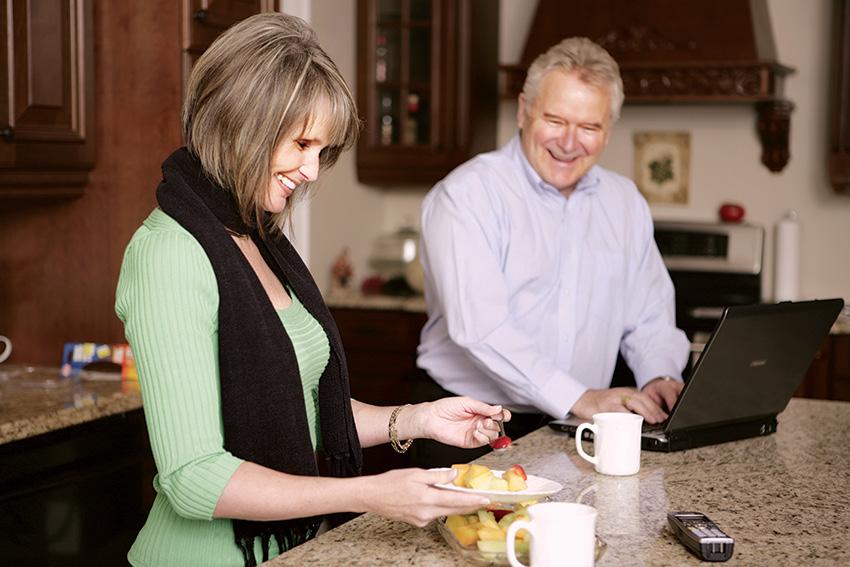
bodies.
tion could limit inactivity-mediated losses of muscle mass and function.
♦ Overcome reduced production of vitamin D. WebMD notes that people over 65 typically experience a decrease in natural production of vitamin D. Vitamin D is not naturally found in many foods, so aging men and women may need to rely on supplementation to ensure their bodies get

enough of it. Vitamin D helps with antiinflammation, immune system support and muscle function, among other benefits. So it’s vital that aging men and women find ways to get sufficient vitamin D. ♦ Consume ample dietary fiber. The National Resource Center on Nutrition & Aging notes that fiber plays an important role in the health of older adults. Fiber
has been linked with heart health, healthy digestion, feeling full, and preventing constipation, which the online medical resource Healthline notes is a common health problem among the elderly. Though the NRCNA notes that older adults need slightly less fiber than their younger counterparts, it’s still a vital component of a nutritious diet. The feeling of fullness that fiber consumption can provide also is significant, as it can ensure adults who aren’t burning as many calories as they used to aren’t overeating in order to feel satisfied. That can make it easier for such adults to maintain a healthy weight.
♦ Monitor intake of vitamin B12. The NRCNA notes that vitamin B12 is involved in a host of important functions in the body, including nerve function and the formation of red blood cells. Vitamin B12 is most easily found in animal products, which many aging men and women must largely avoid due to other health concerns. In such instances, men and women can discuss supplementation with their physicians as well as alternative food sources of B12, such as fortified cereals, salmon and other items.



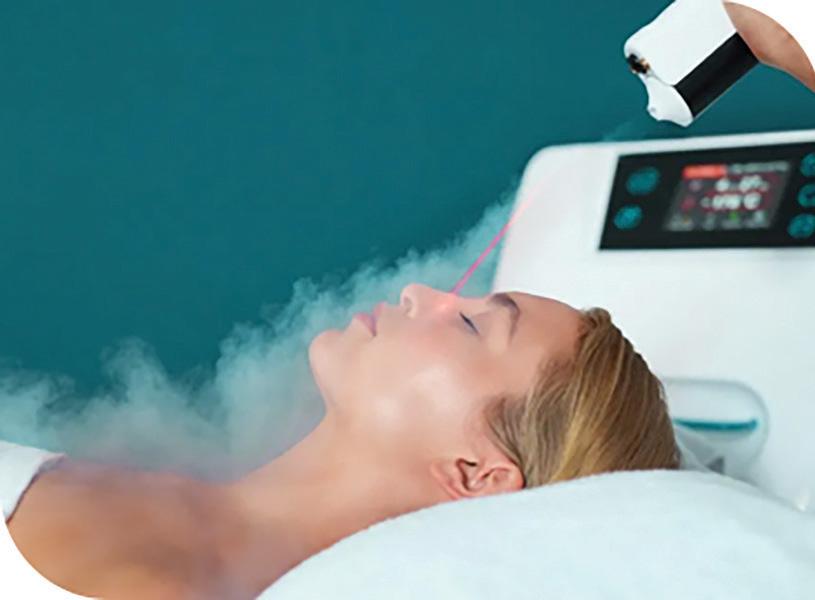
Bodily changes related to aging increase the likelihood that men and women will need to alter their diets in order to maintain their overall health..
– Courtesy of Metro Creative



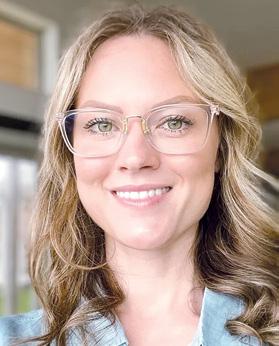
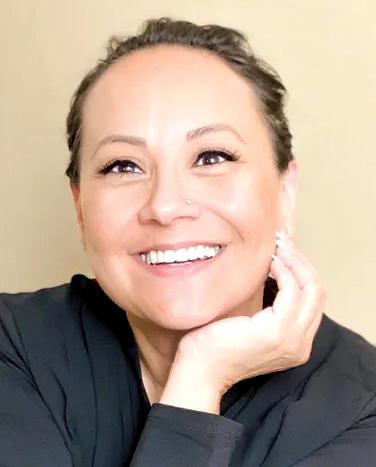

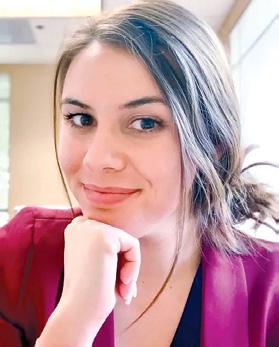
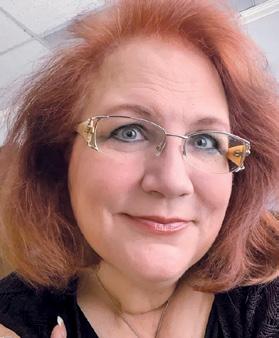
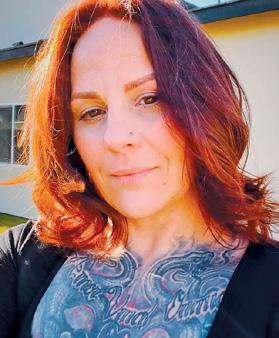
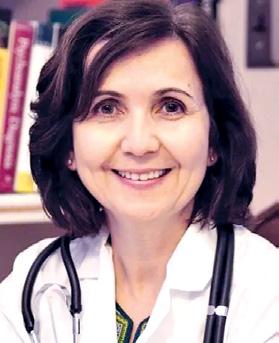
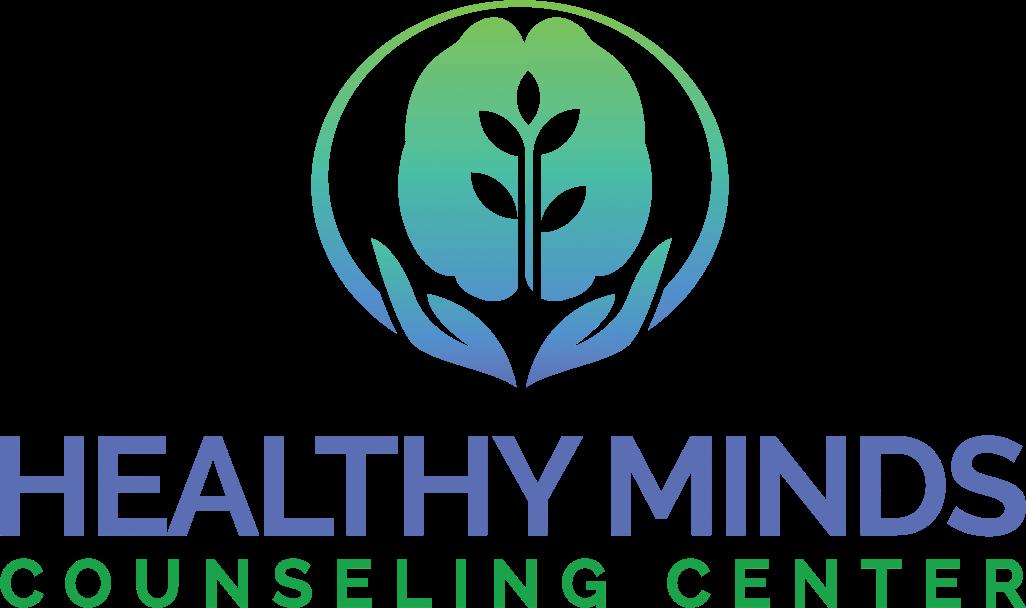




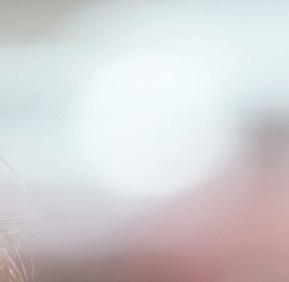










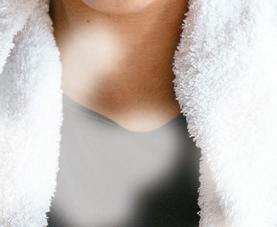

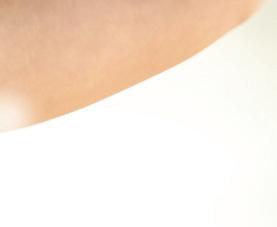




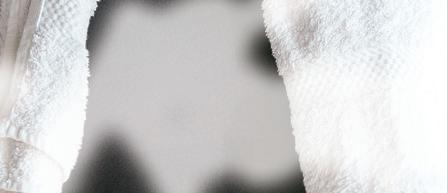















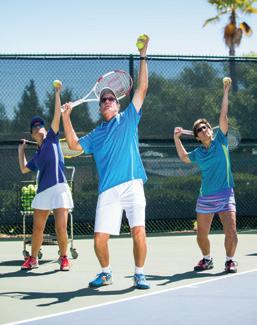




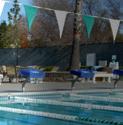
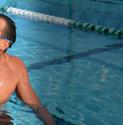
























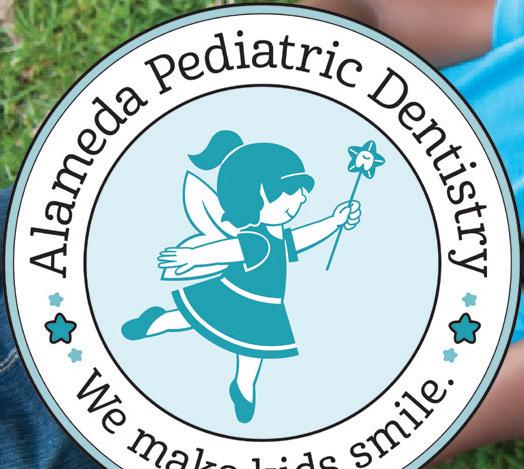












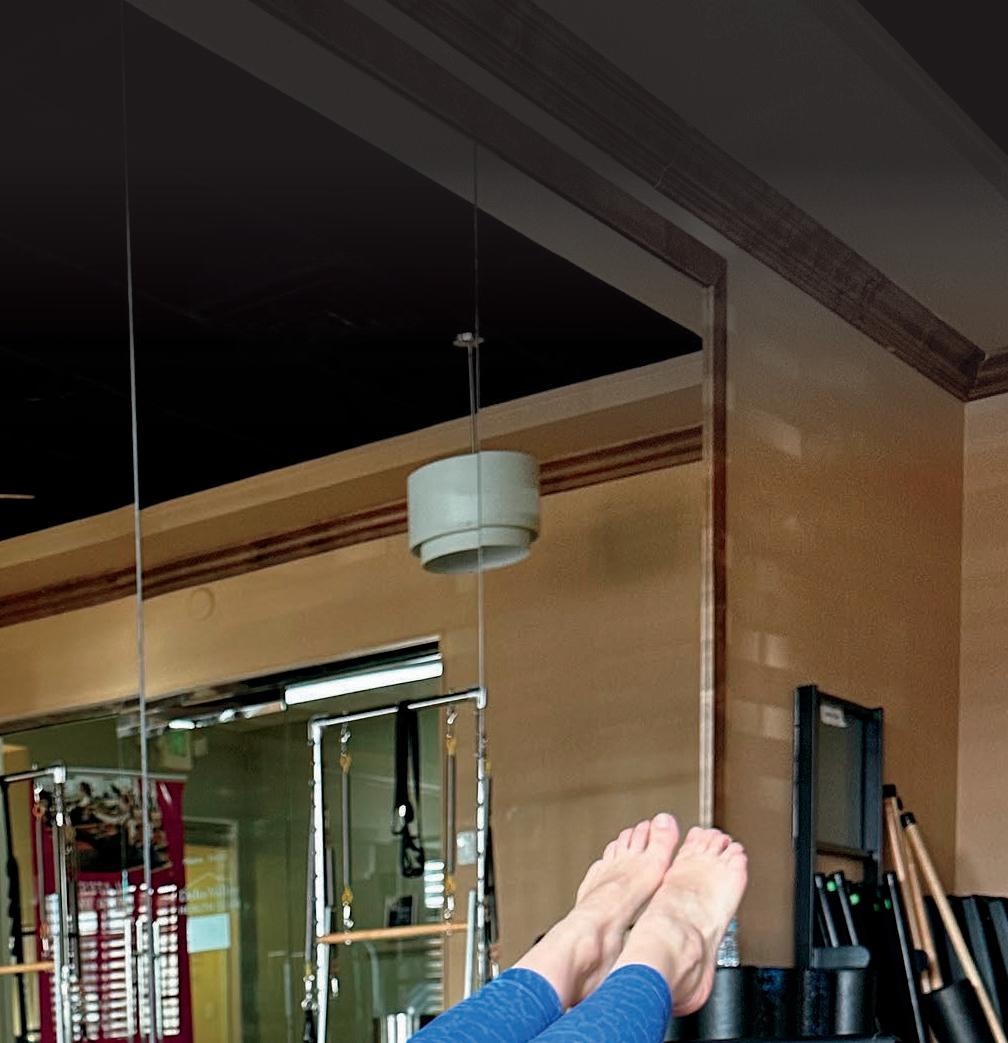










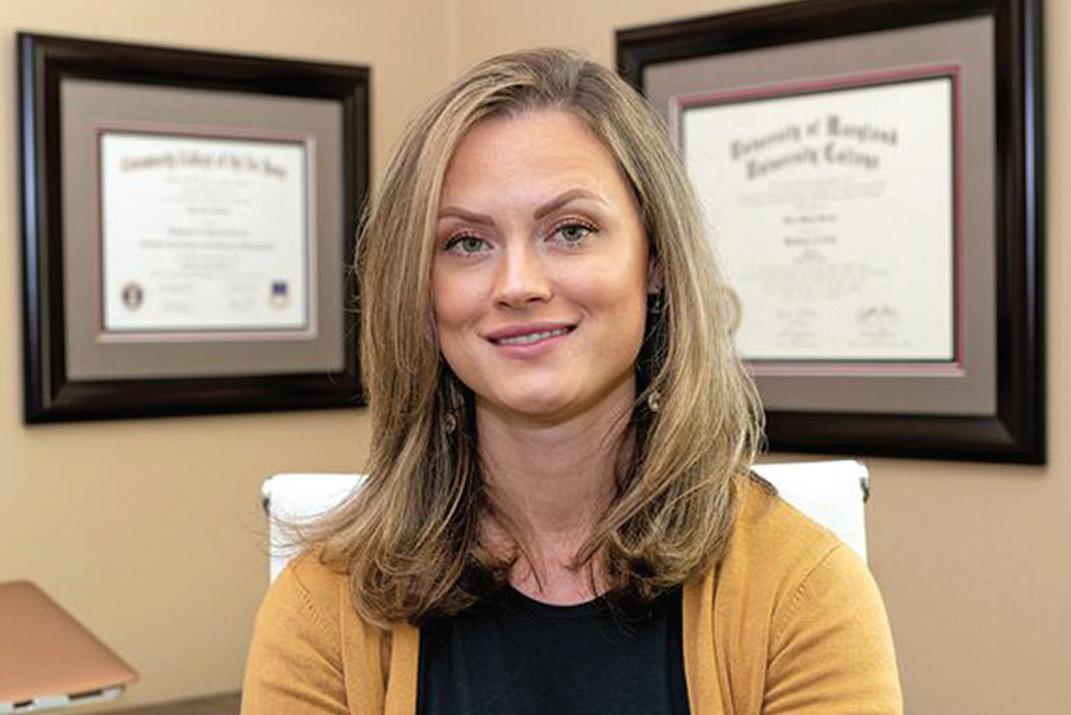






























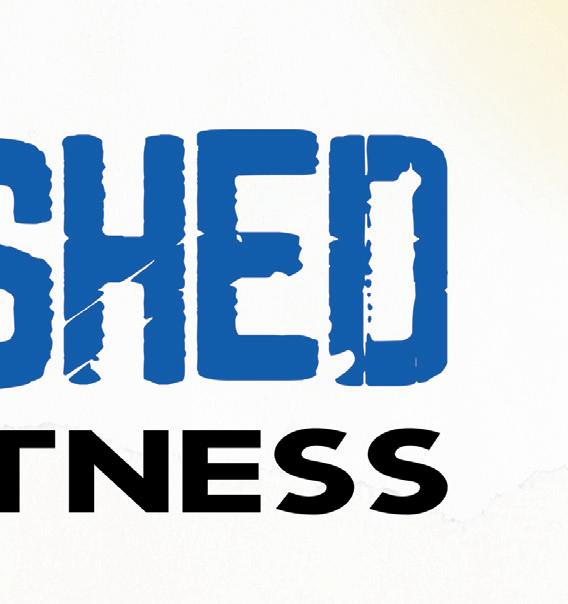






Various changes to appearance and health are associated

with aging. Issues such as diminished vision, waning muscle strength and gray hairs are among the more common and noticeable side effects of aging. Cognitive decline is another symptom often associated with aging, even if that needn’t be the case.
Certain lifestyle choices can protect against cognitive decline and dementias. While there is no surefire way to prevent dementias, here are some good habits for maintaining cognitive function well into your golden years.
Harvard Health reports that exercise, in addition to the many other benefits it provides, may help improve cognitive function in people who have already experienced memory issues. Exercise may be particularly advantageous to people who carry the APOE4 gene variant, which makes people more susceptible to Alzheimer’s. Speak with a doctor about how much exercise is needed and what is safe for your age.
Playing a favorite video game may improve long-term cognitive function. Researchers at Cambridge Brain Sciences found study participants who played non-
cognitive-training video games were associated with better performance in several cognitive domains, but only for younger (age 18 to 64) participants. Cognitive training games, on the other hand, were not associated with any cognitive improvement.



According to a study published in the journal Experimental Aging Research, seniors who have high levels of social engagement also have better cognitive function. Getting together with friends, participating in a club, attending religious studies, and any other activity that gets you out with other people can help with cognitive function.


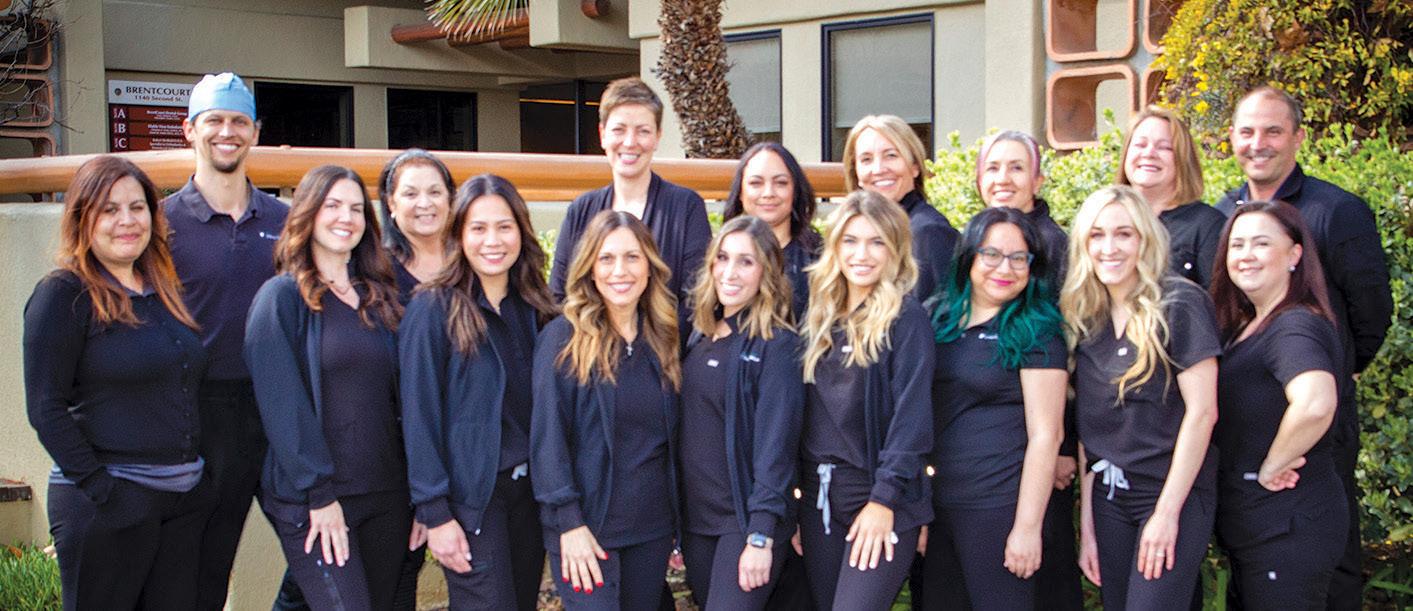
Eating a diverse array of healthy foods is beneficial. Nutritious diets can help reduce the risk for illnesses that may affect cognitive ability. Eating well also helps keep the brain healthy. A Mediterranean diet appears to lower the risk or slow the progression of dementia in people who have the condition.




Lack of sleep can affect memory and learning. By getting help for sleep disorders, you may reduce your risk for cognitive issues. While it is not possible to prevent or cure cognitive conditions like dementias with lifestyle changes, certain behaviors can lower the risk of developing these illnesses or reduce their severity.

Physical activity is important at any age. Seniors can explore fun ways to stay in shape and be active to reap all the benefits of exercise.

Physical activity is an important component of overall health.

Health experts advise that exercise can increase lean body mass, prevent conditions like diabetes and cardiovascular disease, improve balance, and benefit mental health/cognition.
Exercise also can foster socialization with others, helping people overcome boredom and isolation.
As people get older, they may not be able to participate in all of the activities they enjoyed as youths, but that doesn’t mean older adults must resign themselves to sedentary lifestyles. There are plenty of entertaining ways to remain physically active that can accommodate any limitations a person may have. Explore these methods for staying active.
♦ Explore senior center offerings






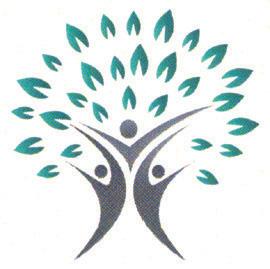







Community senior centers often fill calendars with a vast array of activities, some of which can include physical activities. Hikes, walking tours, dances, and other activities
all serve as entertaining ways to get out and about while meeting some fitness goals.
♦ Garden or do yard work
The Office of Disease Prevention and Health Promotions says adults should get 150 minutes of moderate exercise per week. Raking leaves, mowing the lawn, digging in flower beds, trimming bushes, and other outdoor tasks could help a person meet this quota in a way that doesn’t seem like exercise at all.
♦ Play games with grandchildren
Little kids may inspire older adults to be more active, as it can be difficult to keep up with those youngsters. Take infants or toddlers for walks or push them in strollers. Attach a child seat or towing carriage to a bicycle and ride around the neighborhood. Play games that require movement, such as hide-and-seek or Marco Polo in the pool. If it’s snowing, have a snowball fight or make a snowman in the yard.
♦ Take up a new hobby
Find hobbies that incorporate physical activity. Perhaps learning to salsa dance or taking Zumba will be fun. Pickleball has caught on across the nation. The sport is a mix of tennis, racquetball and badminton that caters to all ages. Joining a bowling team is another way to get active and meet new people.

FlashbackFriday. Jorge and David recreated the Duel of Fates lightsaber battle from Star Wars: The Phantom Menace for their fellow students.








